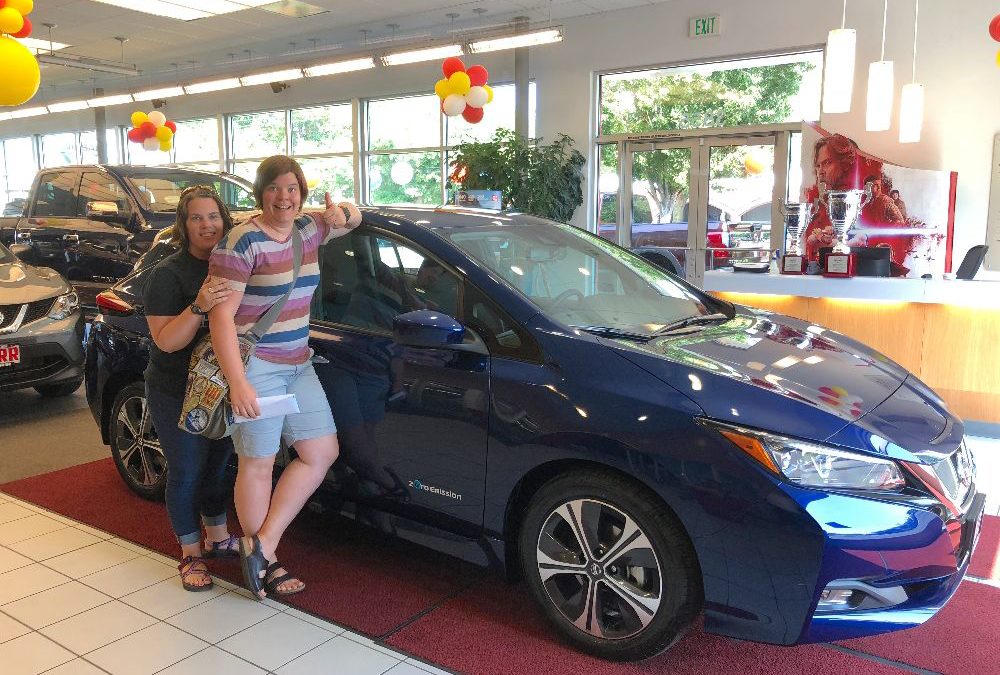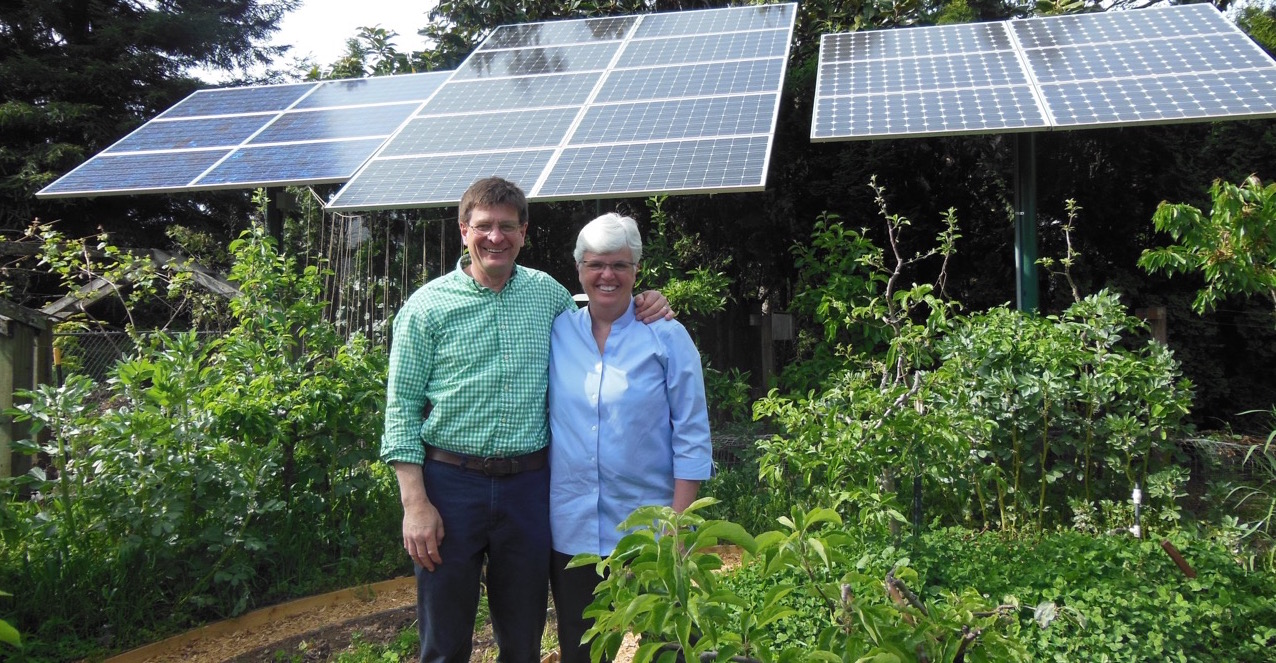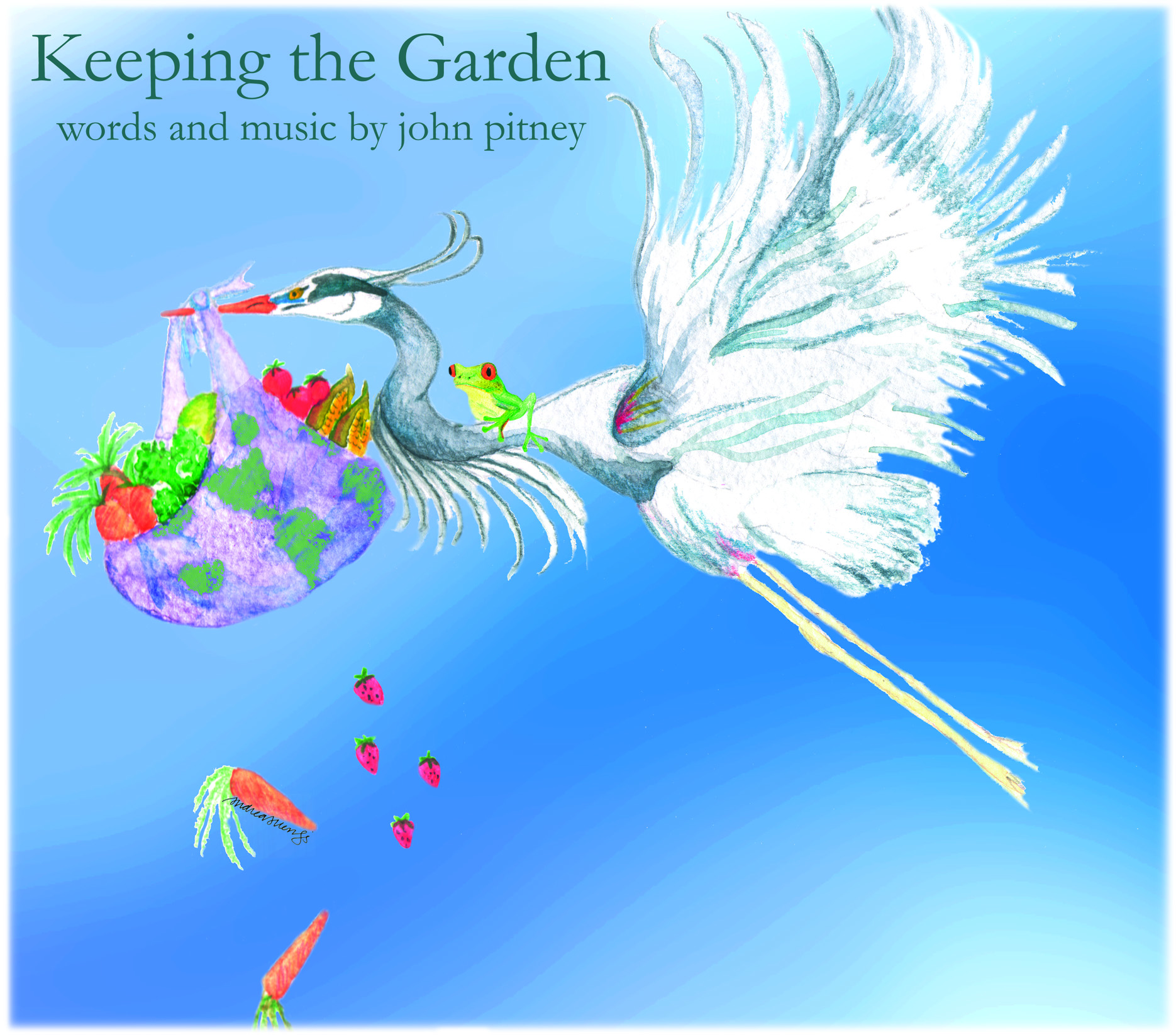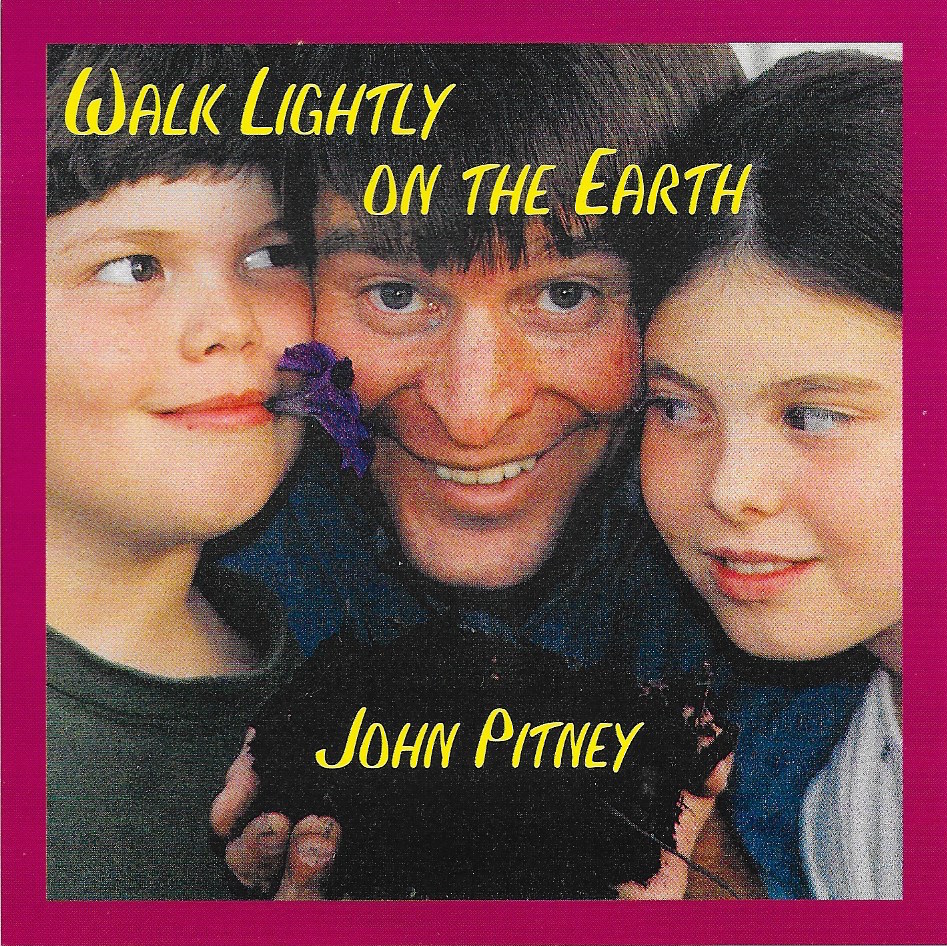In the months leading up to our sacred seasons of Hanukkah, Advent and Kwanza climate reports from the Intergovernmental Panel on Climate Change (IPCC), the World Health Organization (WHO), the 3rd U.S. National Climate Assessment…even the Trump Administration…have become public in grim succession. The National Climate Assessment report, issued last week, begins with a blinding flash of the obvious: “Climate change, once considered an issue for a distant future, has moved firmly into the present.” It continues:
Iowa corn producers, Washington oyster growers, and Vermont maple syrup producers are all observing climate-related changes outside of recent experience. So, too, are Florida coastal planners, Southwestern water managers, city dwellers from Phoenix to New York, and Native Peoples on tribal lands from Louisiana to Alaska. Evidence of human-induced climate change continues to strengthen. Impacts are increasing across the country. Americans notice changes all around them. Summers are longer and hotter, periods of heat last longer than any living American has ever experienced. Winters are shorter and warmer. Rains come in increasingly heavy downpours. People see changes in length and severity of seasonal allergies, plant varieties that thrive in their gardens, in kinds of birds in any particular month in their neighborhoods.
On our small lot in NW Oregon, we have 9,000 gallons of rainwater storage. The rain year officially begins October 1. The past two years, being emptied by late summer, our tanks were full to overflowing by mid-October. Today, in mid-December, they are only three quarters full. Our firefighter friend down the street just returned from duty on the Camp Fire in N. California. In case you were wondering, it’s really true, Paradise is gone.
The only real surprises in these reports are that some changes, such as sea level rise and Arctic sea ice decline, are happening faster than projected. They all agree with another blinding flash: These emissions come mainly from humans burning coal, oil, and gas, with additional contributions from forest clearing and some agricultural practices. Never mind the Trump experts who advise that nothing can be done, all credible assessments agree there is still time to act to limit the amount of change and the extent of damaging impacts.
As Hannukah 2018 comes to an end, faithful Jews all around the world have rekindled the story, once again, of those who, against all predictions, kept the candles burning. In recent days we have honored the legacy of our 41st President who famously called for “1,000 points of light” to radiate across our land, bringing hope alive in acts of healing, kindness, justice and love. As some of us count the days of Advent we celebrate the word becoming flesh. When we choose to act as the Children of God and Citizens of Earth we are born to be, the same healing, kindness, justice and love become actual. This keeps a light shining in the darkness that will never go out. Incarnation is about doing what we are created to do.
So, as we prepare to close out this year and open to the epiphany of the next new thing, I have decided to honor the actions of a few close family and good friends. I call them Lightkeepers. When we see them taking small but bold actions amid the dark and powerlessness that always comes of dire predictions, we can see the light we thought had vanished. They don’t just talk. They walk. They refuse to let the light go out. They keep hope alive that, though Paradise is gone, it may not be forever lost.
Portland Lightkeepers: Erin and Amy:
Our daughters Erin and Amy bought a 2018 all electric Nissan Leaf* in late summer. They’re a two car family, so Erin drives the Leaf. We’re so proud of them. When it was time to buy, she had no thought of any kind of car but one powered by electricity. After 15 years of faithful service the Honda Civic was on it’s last legs and the next thing would be a Zero Emissions car. It was just the right thing to do for their family, for Earth and future generations. Erin test drove the VW Golf EV. It gets a 70 mile range, but the only Golf EVs are used. VW isn’t making them anymore. She drove the (very cute and snappy) Fiat 500e which gets a similar range to the VW.
When she started shopping, she was thinking of a tiny, just-for-around-town EV, because Amy drives the newer gas Honda Civic, always available for longer trips. She was looking at the electric Smart Car. At the beginning she wasn’t even thinking of the Leaf. Truth to tell, she was familiar with the look of the older model Leafs and thought of them as “old lady cars.” All you women out there who drive older Leafs, you’ll have to pardon our daughter…you realize choosing a new car isn’t really about caring for the Earth, right? It’s about…well…I’ll just leave you with that thought!
The 2018 Leaf has a new look and it’s reliable range has increased from 80 miles to 150. Anyway, they settled on the Leaf * after Amy, the Car Whisperer, sat in all the cars and decided the Leaf had the right feel. They figured the Leaf would be just for driving closer to home, but with the 150 mile range and the substantial charging network in the Portland area, they are finding, when they travel together, they take the Leaf a lot. Check out their emergence from the showroom flick. Way to go Lightkeepers!
Stay tuned for my next blog honoring a longer list of Lightkeepers !!!!









Great job finding the right car for you.
Check out the Oregon State EV rebate.
https://www.oregon.gov/deq/aq/programs/Pages/ZEV-Rebate.aspx
I love my leaf and charge it over night in my 110 outlet, no need to buy the 220 outlet unless you are in a hurry.
Still trying to figure out how the Chevy folks can say that they are concentrating on electric and phasing out the Volt. We love ours and will drive it until it dies.
Love it. Thanks, JP. Hope this is not a substitute for holiday letter.